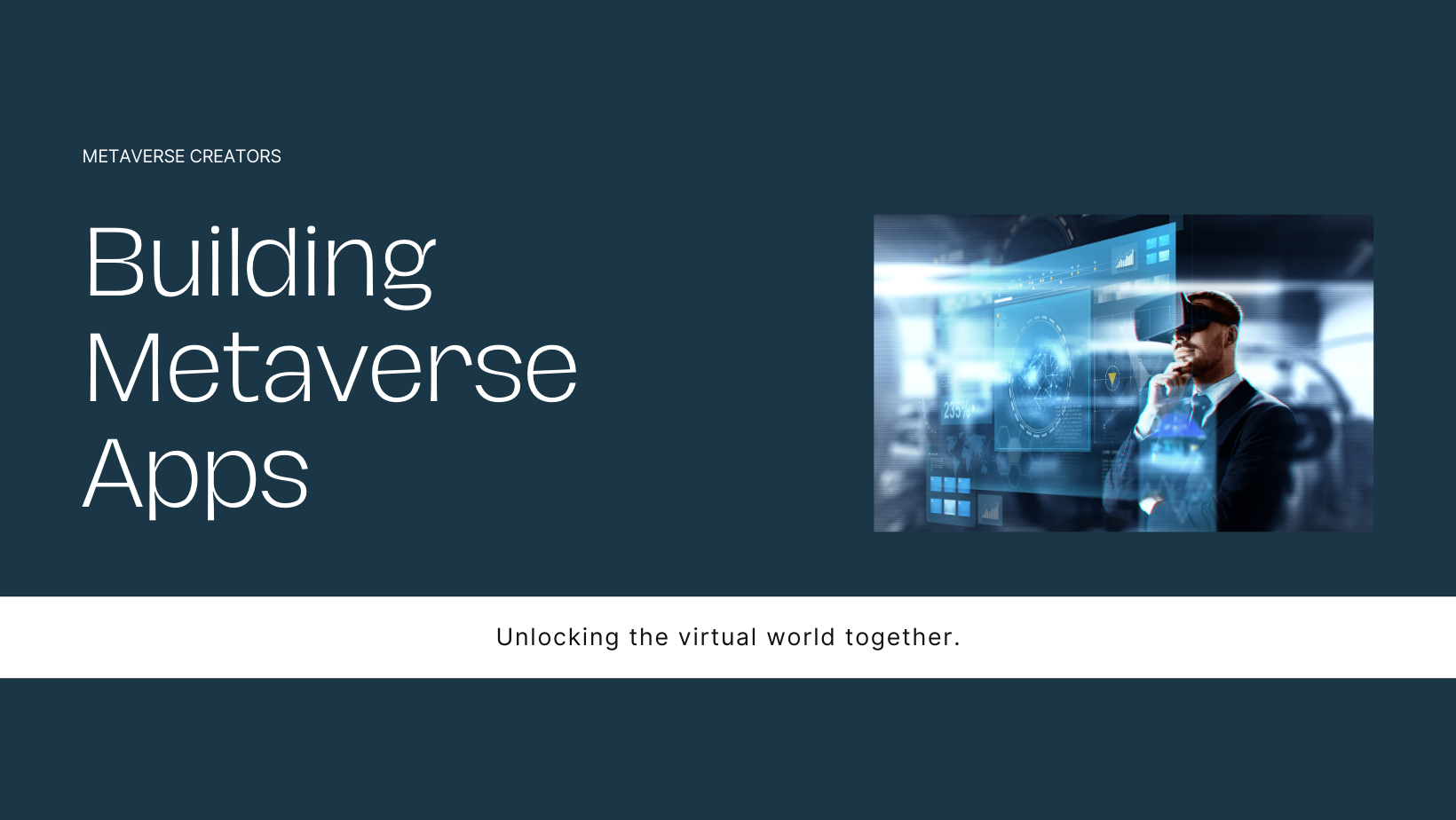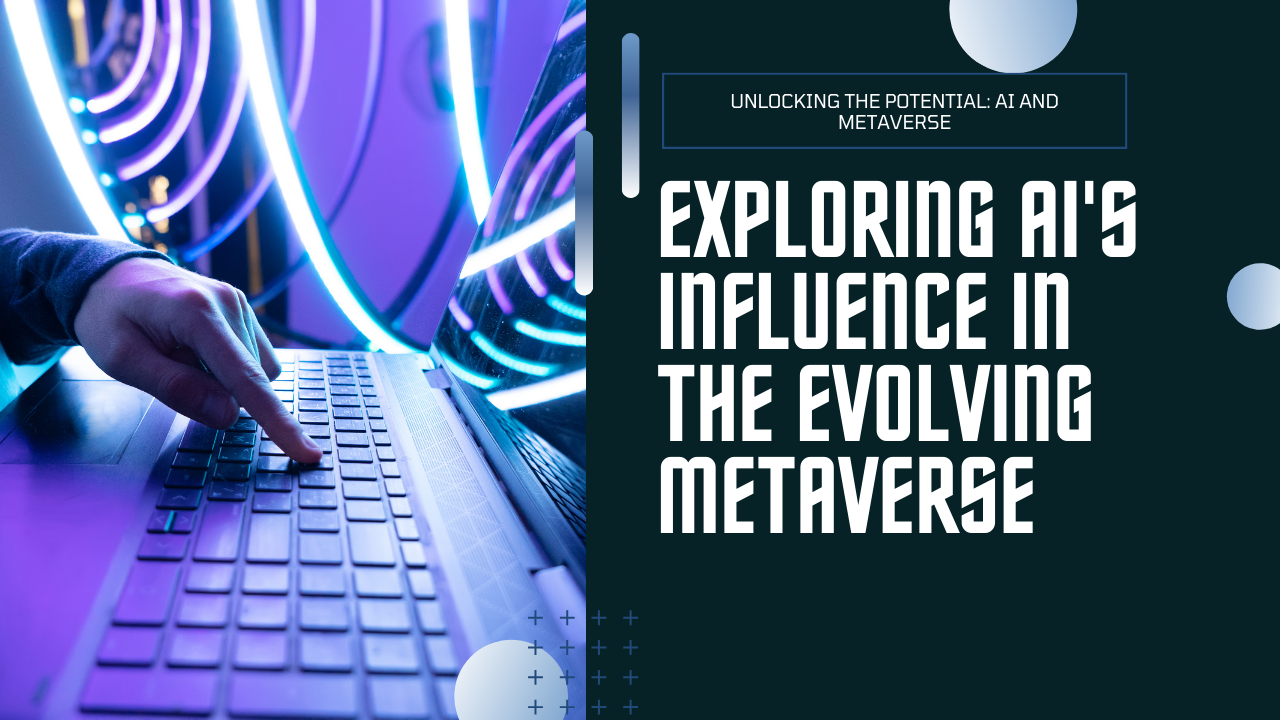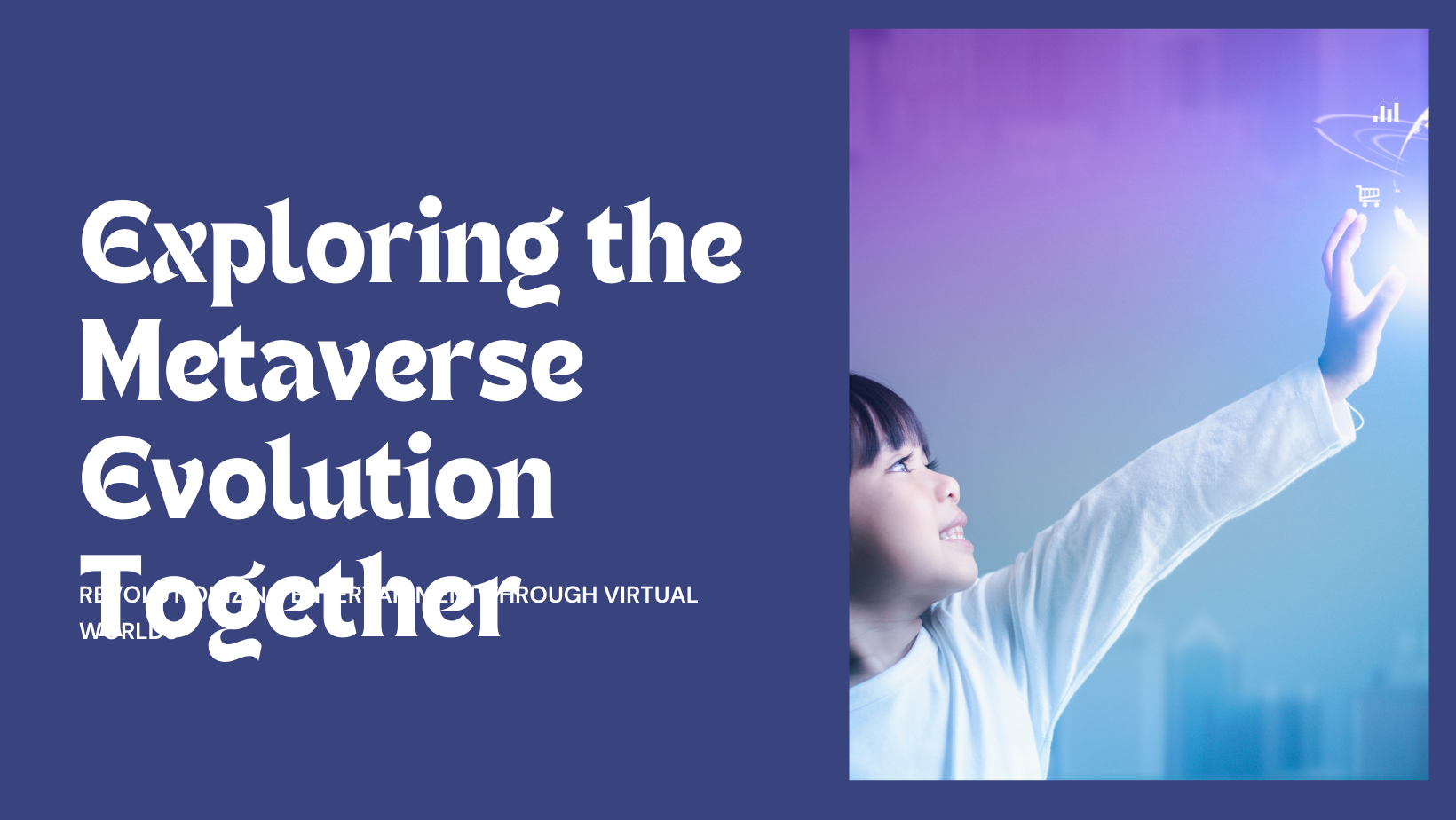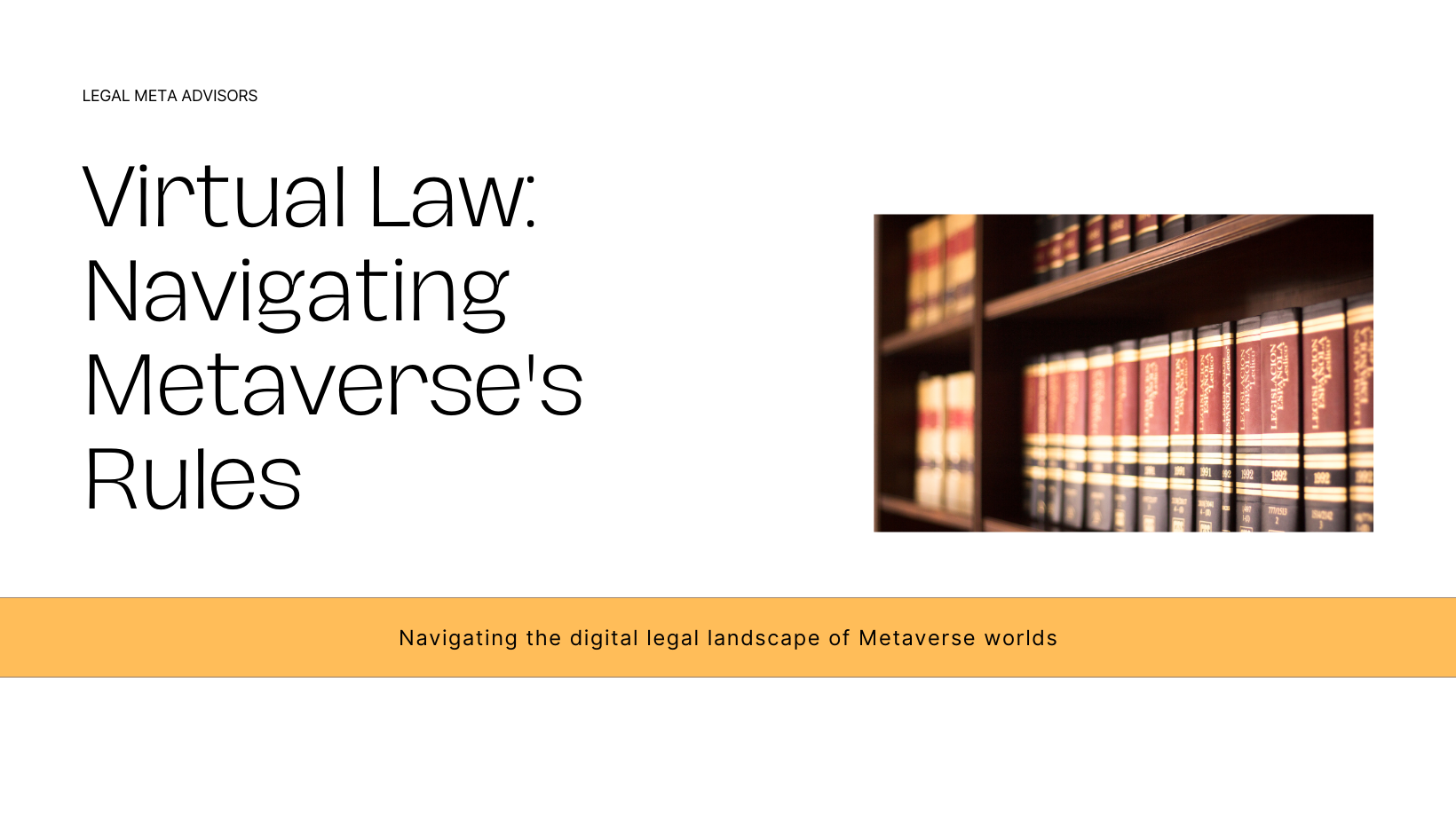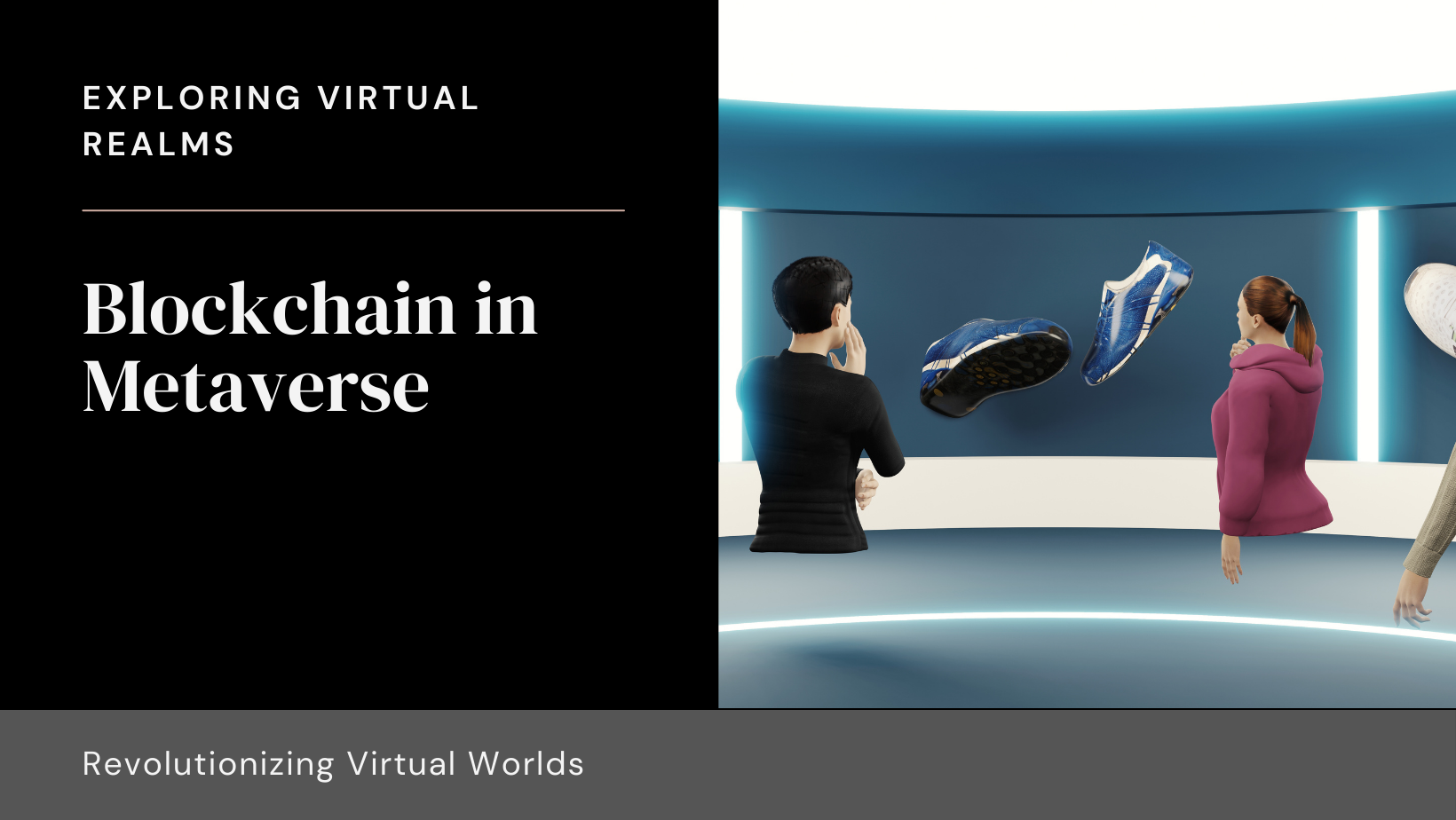The Metaverse, a virtual shared space combining augmented and virtual realities, offers boundless opportunities for innovation across various industries. Developing Metaverse applications requires a nuanced understanding of immersive technologies, user interaction paradigms, and scalable infrastructures. This blog explores the essential steps and considerations involved in creating Metaverse applications, empowering businesses and developers to harness the full potential of this transformative digital frontier.
Understanding Metaverse Applications
Metaverse applications encompass virtual worlds, interactive experiences, and digital ecosystems where users can engage with each other and digital content in real-time. These applications leverage technologies like Virtual Reality (VR), Augmented Reality (AR), Mixed Reality (MR), and blockchain to simulate immersive environments, facilitate social interactions, and enable virtual economies. Key components include virtual spaces, avatars, real-time communication tools, and secure transaction frameworks.
Key Steps to Develop Metaverse Applications
- Define Your Objectives and Audience: Begin by identifying the purpose of your Metaverse application and understanding your target audience. Determine whether your focus is on gaming, social networking, e-commerce, education, or enterprise solutions. Define key performance indicators (KPIs) to measure success, such as user engagement metrics, retention rates, and revenue generation goals.
- Choose the Right Technologies and Platforms: Select appropriate technologies and development platforms based on your application requirements. Consider factors such as device compatibility (VR headsets, smartphones, PCs), rendering capabilities, network scalability, and integration with third-party APIs (Application Programming Interfaces).
- Design Immersive User Experiences: Design intuitive user interfaces (UI) and user experiences (UX) that prioritize usability and engagement. Create interactive environments where users can navigate, customize avatars, interact with objects, and collaborate with others seamlessly. Incorporate spatial audio, haptic feedback, and realistic physics to enhance immersion.
- Develop Backend Infrastructure: Build a robust backend infrastructure to support real-time data synchronization, user authentication, content management, and transaction processing within the Metaverse. Utilize cloud computing services for scalability, data storage, and secure data transmission protocols (HTTPS, WebRTC) to protect user privacy.
- Implement Social Features and Interactivity: Integrate social networking features, chat systems, voice/video communication, and multiplayer capabilities to foster community engagement within your Metaverse application. Enable user-generated content (UGC) creation, collaborative activities, and virtual events to enhance social interaction and user retention.
- Ensure Security and Privacy: Prioritize data security and privacy by implementing encryption standards, secure authentication methods, and compliance with regulatory frameworks (GDPR, CCPA). Implement digital rights management (DRM) solutions and blockchain technology for secure transactions, asset ownership, and verifiable digital identities.
- Test and Iterate: Conduct rigorous testing across different devices, network conditions, and user scenarios to identify bugs, performance issues, and usability concerns. Gather feedback from beta testers and early adopters to iterate on features, optimize performance, and enhance user satisfaction before launching your Metaverse application.
Challenges and Considerations
- Technical Complexity: Developing Metaverse applications requires expertise in immersive technologies, 3D modeling, physics simulations, and real-time networking protocols. Address technical challenges such as latency, synchronization errors, device fragmentation, and cross-platform compatibility.
- Content Moderation and Community Management: Establish content moderation policies, community guidelines, and reporting mechanisms to maintain a safe and inclusive environment within your Metaverse application. Implement automated content filters, AI-driven moderation tools, and human moderation teams to mitigate risks of harassment, abuse, and inappropriate content.
- Monetization Strategies: Explore monetization strategies such as in-app purchases, subscription models, virtual goods marketplace, sponsored events, and advertising partnerships within your Metaverse application. Leverage blockchain-based tokens and non-fungible tokens (NFTs) for digital asset trading, virtual real estate transactions, and ownership rights.
Future Outlook
As the Metaverse evolves, developers and businesses are poised to unlock new possibilities in digital experiences, collaboration, and economic interactions. Embrace continuous innovation, emerging technologies, and user-centric design principles to shape the future of Metaverse applications across diverse industries.
Conclusion
In conclusion, developing Metaverse applications requires a strategic approach, technical expertise, and a deep understanding of user behaviors and industry trends. By following these essential steps and considerations, businesses and developers can create immersive, engaging, and scalable Metaverse applications that redefine digital interactions and drive sustainable growth in the digital economy.
Stay updated on the latest trends and innovations in Metaverse technology by following Sodio Technologies’ blog. Empower your organization to thrive in the era of immersive digital experiences and transformative technologies.
